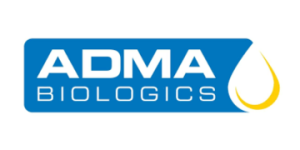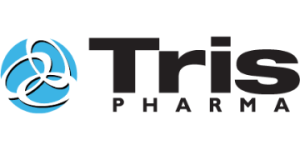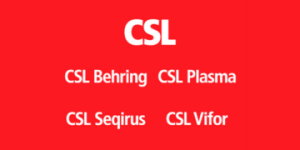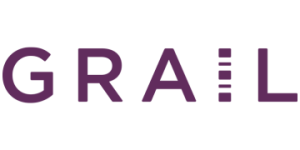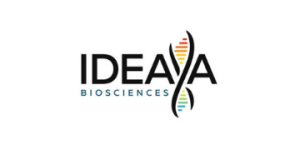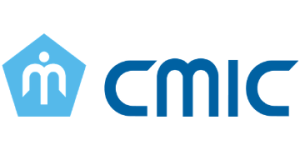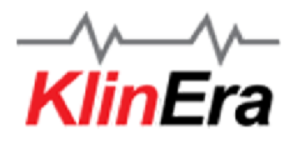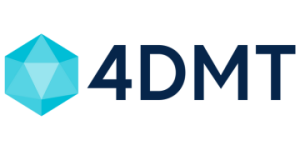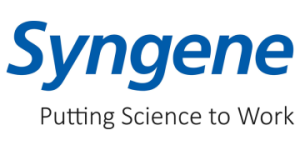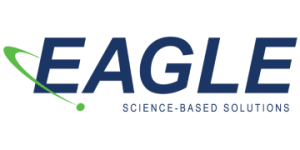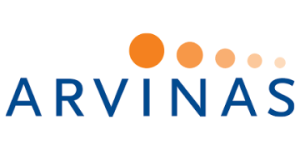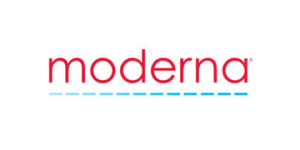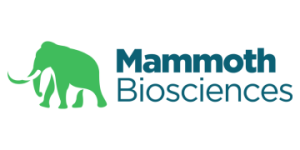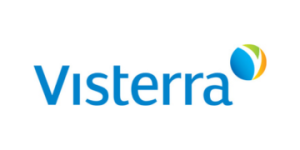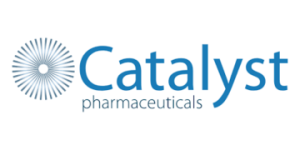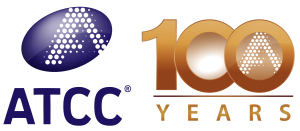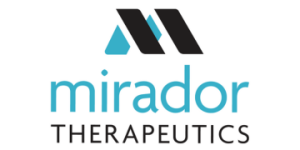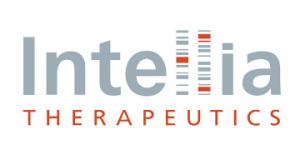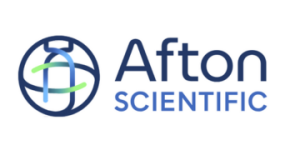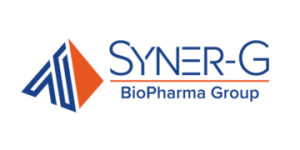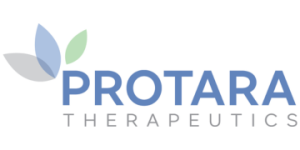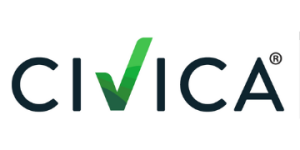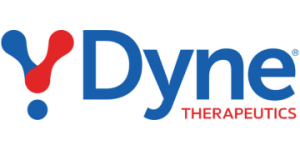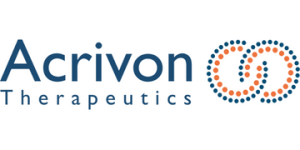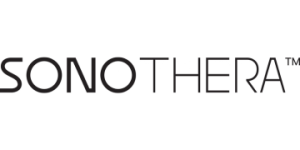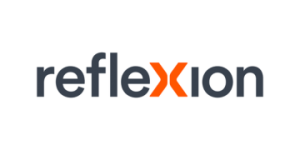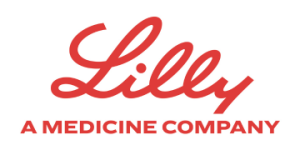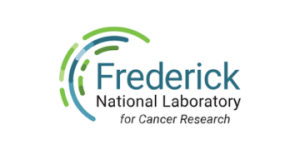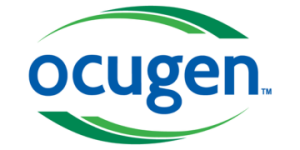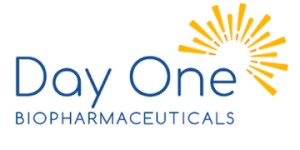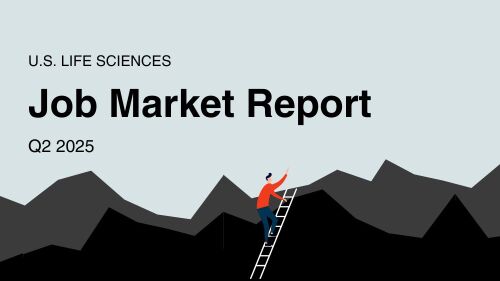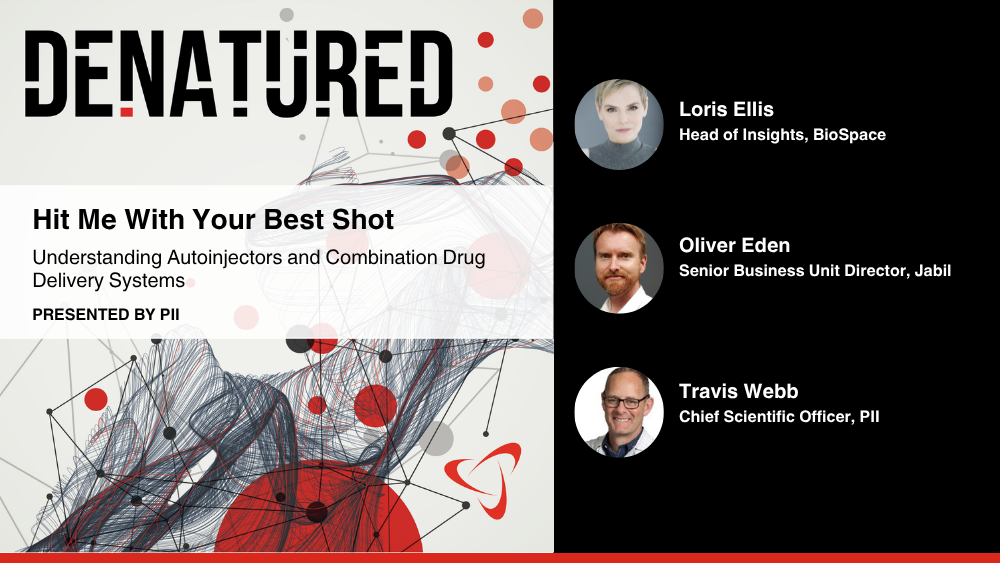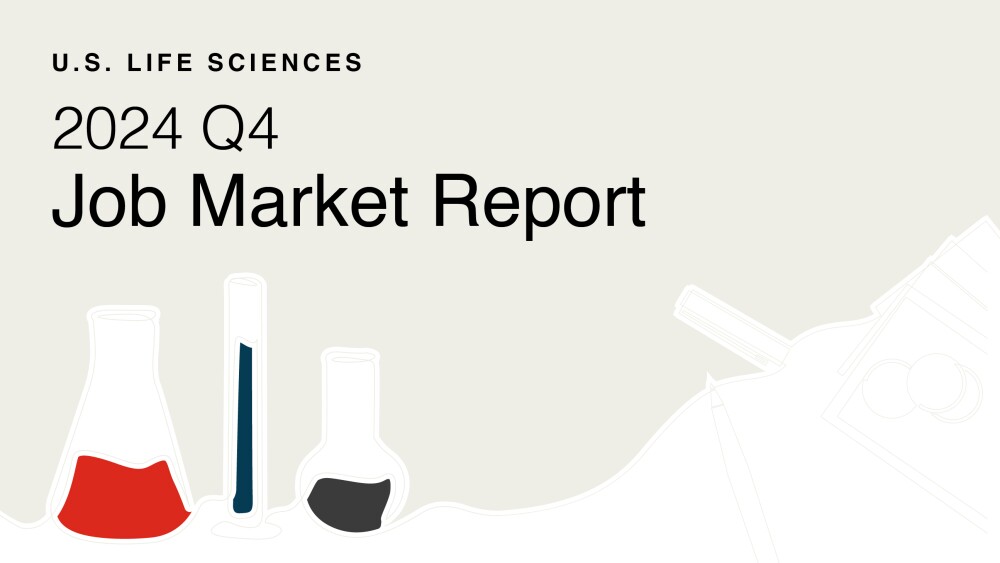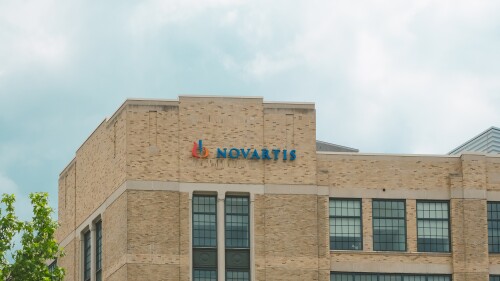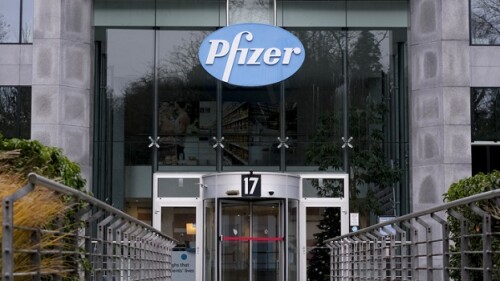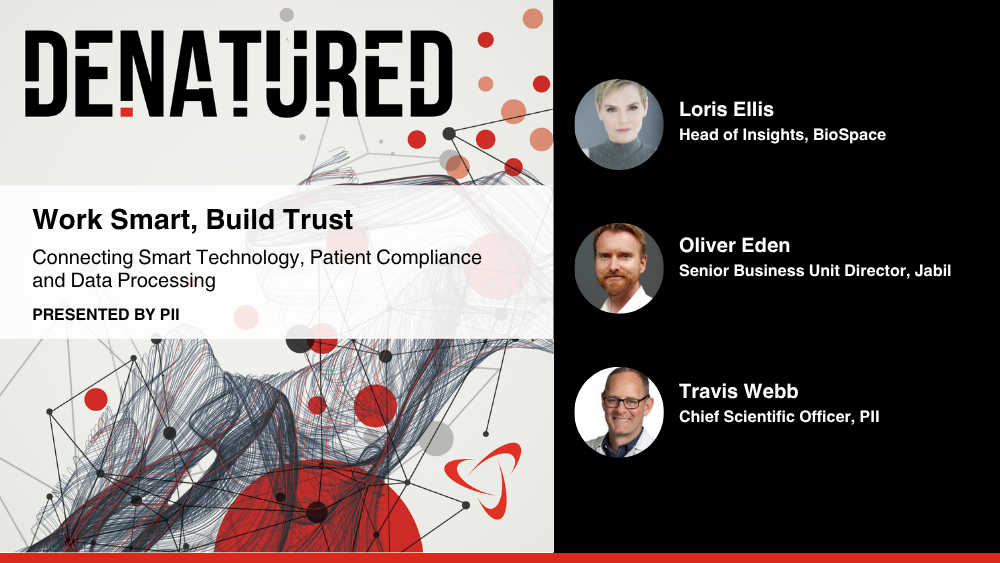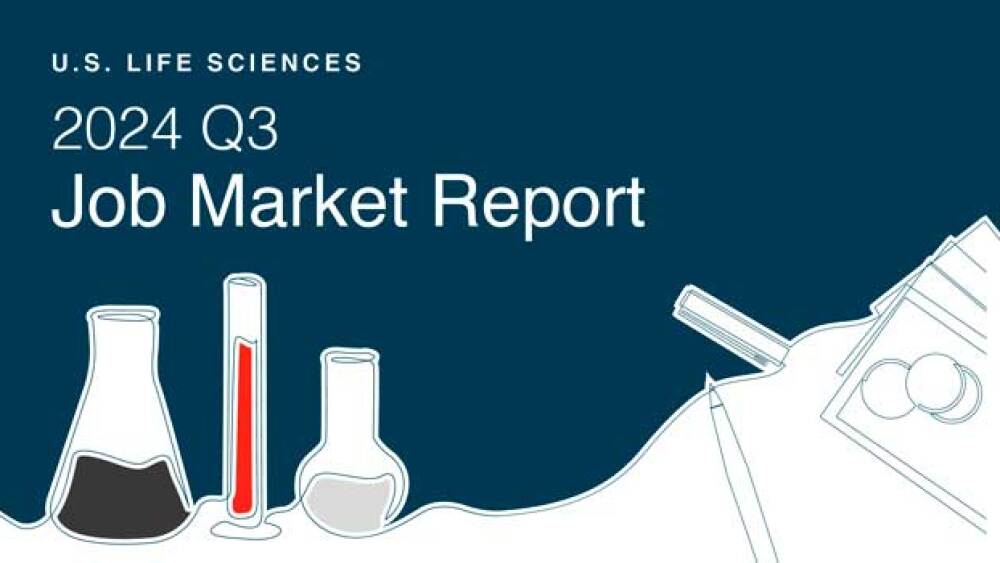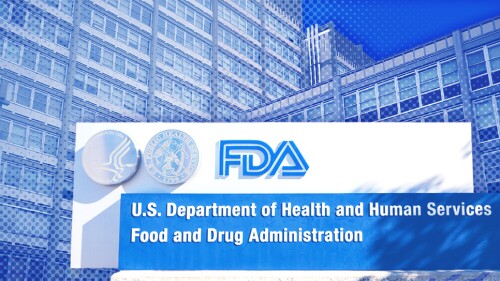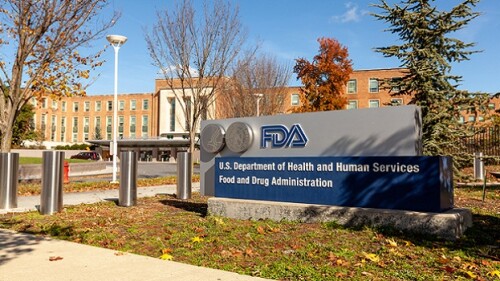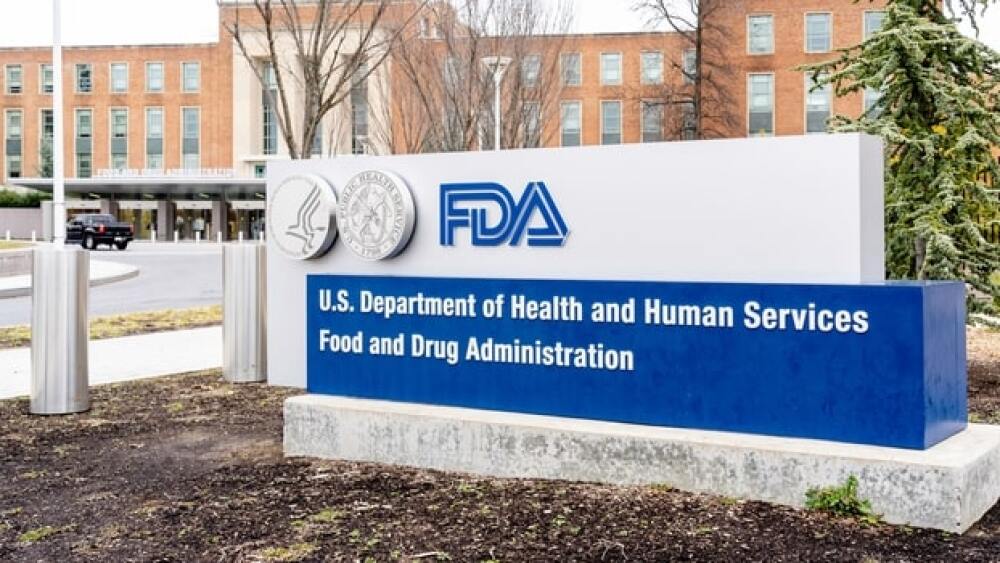Galapagos at the start of the year had planned to split into two businesses, with one resulting entity focused on cell therapies. The biotech nixed these plans a few months later, instead choosing to put up for sale multiple cell therapy assets.
With data from the Phase III STELLAR-303 study in the books, Exelixis is plotting a 2025 regulatory application for zanzalintinib.
In May, Summit released early data from the Phase III HARMONi study showing that while the PD-1/VEGF inhibitor resulted in significant progression-free survival improvements, it fell short of the overall survival bar.
The death occurred in a patient who had a complex medical background and who was being managed with several drugs, according to RBC Capital.
Ivonescimab’s progression-free survival data in non-small cell lung cancer bode well for an upcoming overall survival readout, according to Truist analysts, who noted that “OS is likely to be statistically significant” in favor of the PD-1/VEGF bispecific.
Several sources are speculating that the potential buyer could be Eli Lilly, despite the breakdown of the pharma’s partnership with Nektar over atopic dermatitis therapy rezpeg.
FEATURED STORIES
Therapies from industry leaders BioMarin and Ascendis Pharma supply a key hormone that promotes bone growth. In order to move the field forward, challengers are looking to address the underlying cause of the rare, genetic disease.
New analysis from Jefferies shows that rare disease and cancer drugs granted the status are especially likely to be approved.
Takeda wanted to create something new in the cell therapy world by combining the technology with T cell engagers. A series of acquisitions in 2021 started the process.
As the industry loses one of its key female leaders in GSK CEO Emma Walmsley, BioSpace profiles the women leading the industry’s smaller biopharmas.
Drug pricing criticism often fixates on a price at a single point in time but drug pricing is never static.
Cell and gene therapy experts question where the FDA designation fits in an environment that features a range of intersecting regulatory perks.
FROM BIOSPACE INSIGHTS
The Future of Cell and Gene Therapy: Navigating Innovation, Regulation, and Manufacturing Challenges
An interview with Philip Vanek, chief commercialization officer of the International Society for Cell & Gene Therapy (ISCT), reveals both promising developments and significant concerns shaping the advanced therapies sector’s trajectory through 2025 and beyond. This interview was conducted with support from Tozaro.
LATEST PODCASTS
In this episode presented by PII, BioSpace’s head of insights discusses with guests Oliver Eden and Travis Webb how autoinjectors offer opportunities to improve delivery systems, patient compliance and clinical trial processes.
M&A headlined for a second straight week as Genmab acquired Merus for $8 billion; Pfizer strikes most-favored-nation deal with White House; CDER Director George Tidmarsh caused a stir with a now-deleted LinkedIn post; GSK CEO Emma Walmsley will step down from her role; and uniQure’s gene therapy offers new hope for patients with Huntington’s disease.
The FDA is hoping to repurpose GSK’s Wellcovorin for cerebral folate deficiency; Pfizer acquired fast-moving weight-loss startup Metsera for nearly $5 billion after suffering a hat trick of R&D failures; psychedelics are primed for M&A action and Eli Lilly may be next in line; RFK Jr.’s revamped CDC advisory committee met last week with confounding results; and Stealth secured its Barth approval.
Job Trends
Looking for a biopharma job in San Francisco or South San Francisco? Check out the BioSpace list of eight companies hiring life sciences professionals like you.
Subscribe to Genepool
Subscribe to BioSpace’s flagship publication including top headlines, special editions and life sciences’ most important breaking news
SPECIAL EDITIONS
Year-over-year BioSpace data show there were fewer job postings live on the website in the fourth quarter of 2024, and the decrease was higher than the third quarter’s drop.
The J.P. Morgan Healthcare Conference started off with a flurry of deals that reinvigorated excitement across the biopharma industry. Johnson & Johnson moved to acquire Intra-Cellular Therapies for $14.6 billion, breaking a dealmaking barrier that kept Big Pharma’s 2024 biotech buyouts to under $5 billion.
In this deep dive BioSpace explores the opportunities and challenges presented by the FDA’s accelerated approval program.
DEALS
-
J&J still holds the top deal of the year by value with its $14.6 billion buy of Intra-Cellular in January, but the next four biggest acquisitions came in the past four months.
-
The two most historically deal-conservative Big Pharmas have the most money to play with for a major M&A transaction, according to a recent Stifel analysis.
-
A new analysis from SRS Acquiom puts into perspective the headline values seen when a company announces a backloaded M&A deal. Biotechs have much on the line when they agree to deals with massive potential but little upfront.
-
Novartis and Monte Rosa first partnered in October 2024 for a molecular glue asset for immune-mediated and autoimmune diseases. This time, the pharma is putting $120 million down upfront for more of the biotech’s AI-discovered degraders.
-
LB Pharma landed on the Nasdaq Thursday, with 3 million additional shares sold than expected.
WEIGHT LOSS
-
The FDA is hoping to repurpose GSK’s Wellcovorin for cerebral folate deficiency; Pfizer acquired fast-moving weight-loss startup Metsera for nearly $5 billion after suffering a hat trick of R&D failures; psychedelics are primed for M&A action and Eli Lilly may be next in line; RFK Jr.’s revamped CDC advisory committee met last week with confounding results; and Stealth secured its Barth approval.
-
Small and large drugmakers alike have made big, proactive moves to secure the production capacity that will be vital to serving the weight loss market.
-
The acquisition of breakout obesity star Metsera should pump new life into Pfizer’s portfolio, which over the last two years has suffered from three discontinued assets.
-
In this deep dive, BioSpace explores the next big thing in obesity.
-
In letters to Eli Lilly and Novo Nordisk, the FDA accused the companies of downplaying the risks of their GLP-1 weight loss drugs during a prime time special with Oprah Winfrey.
POLICY
-
Expanded exemptions for orphan drugs could mean prolonged protections for top-selling drugs like Merck’s Keytruda, which was initially approved under this designation in 2014.
-
President Donald Trump last week announced that 100% pharma tariffs would come Oct. 1, but a White House official has clarified that that’s when the government will “begin preparing” the levies.
-
At the heart of the agreement is Pfizer’s $70 billion commitment to U.S.-based manufacturing and an exemption from tariffs for three years. While the reaction was mostly positive from Wall Street, other observers noted that the benefits for patients are unclear at best.
-
Due to policies regarding industry user fees, the FDA will not be able to accept any new drug applications for the duration of the government shutdown, according to Leerink Partners.
-
Pfizer CEO Albert Bourla directly credited the threat of tariffs with leading to the deal, in which the company will offer drugs on a soon-to-be-launched website called TrumpRx.
Learn how to extract the full value from executive coaching, starting with being open and honest with your coach.
Just raising the alarm won’t drive action. Use these three steps to turn insights into solutions that leadership can’t ignore.
Learn about making the most of interview feedback, navigating bonus clawbacks and networking for niche roles.
Layoffs leave more than empty desks—they leave uncertainty, guilt and anxiety. Three simple steps will help you regain control of your work, well-being and career.
As they navigate a competitive job market, biopharma professionals are making four key interview mistakes, according to two talent acquisition experts. They discuss those errors and offer tips for how to get those critical conversations right.
Executive coaches can help executives take their game to the next level in four key ways, from improving their self-awareness to reshaping their thinking.
HOTBEDS
REPORTS
The 9% average salary increase from 2023 to 2024 was the largest for life sciences professionals since 2021. Several factors could be behind the spike, including companies providing higher pay because bonuses and stock compensation went down.
Landing a job remains challenging for life sciences professionals, according to a new BioSpace report. While 59% of surveyed organizations are actively recruiting, nearly half of unemployed survey respondents had been out of work for at least six months, and 20% of surveyed employers expect to lay off employees this year.
Year-over-year BioSpace data shows there are fewer job postings live on the website and far more competition for them.
CANCER
-
The centerpiece of the deal is orelabrutinib, a BTK inhibitor in late-stage development for multiple sclerosis that Biogen once paid $125 million for but abandoned after less than two years of testing.
-
The business separation, expected to be completed by the end of 2026, will result in two new companies, one focused on biopharma operations and the other on royalty management.
-
The centerpiece of the acquisition is petosemtamab, Merus’ bispecific antibody targeting EGFR and LGR5, which in May demonstrated best-in-class potential for head-and-neck cancer.
-
The FDA in September issued two rejections for spinal muscular atrophy therapies—both linked to manufacturing problems—and granted approvals in Barth syndrome and for a subcutaneous version of Merck’s Keytruda that could be key to the blockbuster’s future earnings.
-
From more than 30 target action dates in the last three months of the year, BioSpace has narrowed the list to six regulatory decisions that could have far-reaching implications for biopharma and patients.
NEUROSCIENCE
-
The agency also pointed to the use of Tylenol and other acetaminophen products during pregnancy as being potentially linked to neurological and developmental defects in children, following a press conference Monday in which President Donald Trump did the same.
-
By improving gait stability, Ionis’ zilganersen could be “potentially disease modifying,” according to analysts at William Blair.
-
The company was expecting a decision from the FDA by Sept. 28 for its oral drug tolebrutinib, but an update to the drug’s application package convinced the agency to take more time to review.
-
With AbbVie’s $1.2 billion acquisition of Gilgamesh Pharmaceuticals’ lead depression drug, the psychedelic therapeutics space has soundly rebounded from Lykos’ rejection last year. There are now seven programs in Phase III trials across the sector, with multiple companies vying for that first approval.
-
VectorY Therapeutics will evaluate the use of SHP-DB1, a capsid developed by Shape Therapeutics, to deliver therapies to the brain, including VectorY’s developmental Huntington’s and Alzheimer’s disease treatments.
CELL AND GENE THERAPY
-
AviadoBio will have the option to exclusively license UGX-202, a vision-restoring gene therapy for the rare eye condition retinitis pigmentosa.
-
The $48 million award, granted through the Advanced Research Projects Agency for Health, will help Kernal take its in vivo mRNA-encoded CAR T therapy forward.
-
The U.S. government remains shut down, with the FDA closed for new drug applications until further notice; cell and gene therapy leaders gather for the annual meeting in Phoenix with the field in a state of flux; Pfizer and Amgen will make drugs available at a discount as President Donald Trump’s tariffs still loom; and new regulatory documents show how Pfizer beat out the competition for Metsera.
-
Rocket Pharmaceuticals’ strategic realignment initiative in July pulled funding from fanca-cel, which the biotech was developing for Fanconi anemia.
-
The centerpiece of the collaboration is the gene editor ABO-101, being developed for primary hyperoxaluria type 1, a rare disease that leads to severe kidney stones.

















